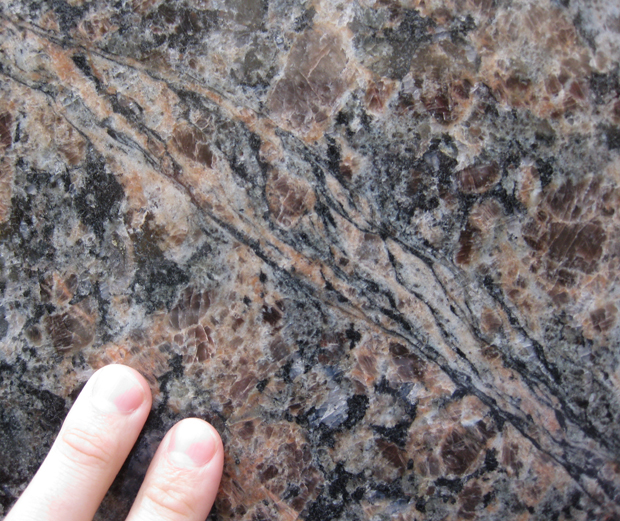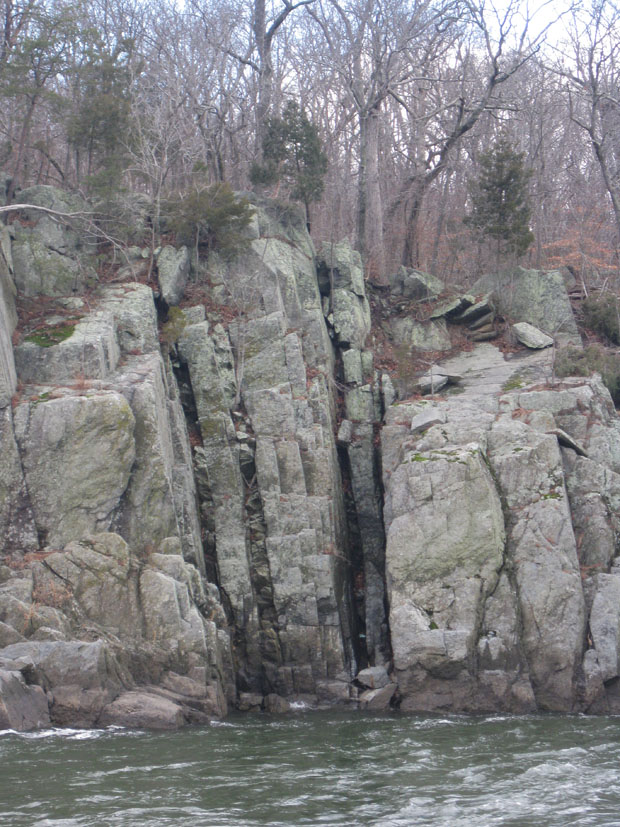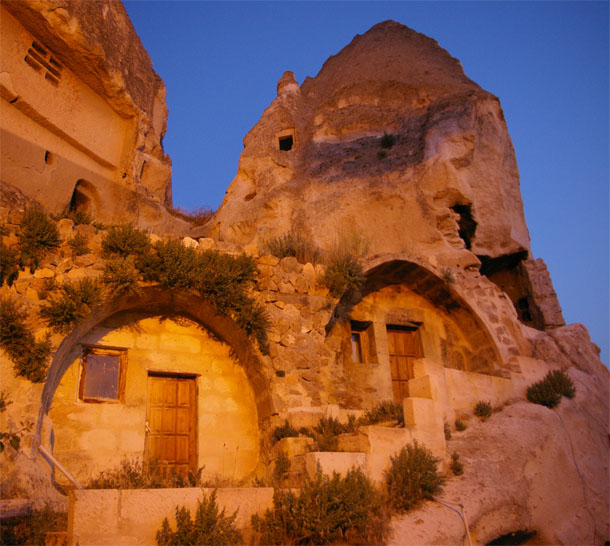Two new macro GigaPans
With my new “macrogigapan” rig from Four Chambers Studio, I produced these images last week as part of my Mid-Atlantic Geo-Image Collection project (M.A.G.I.C.). … Dive in! Porphyritic andesite from the Beartooth Plateau, Montana: Foliated limestone slate, location unknown: Clicking on the word “GigaPan” in the lower right corner will take you to a fuller-screen … Read more



